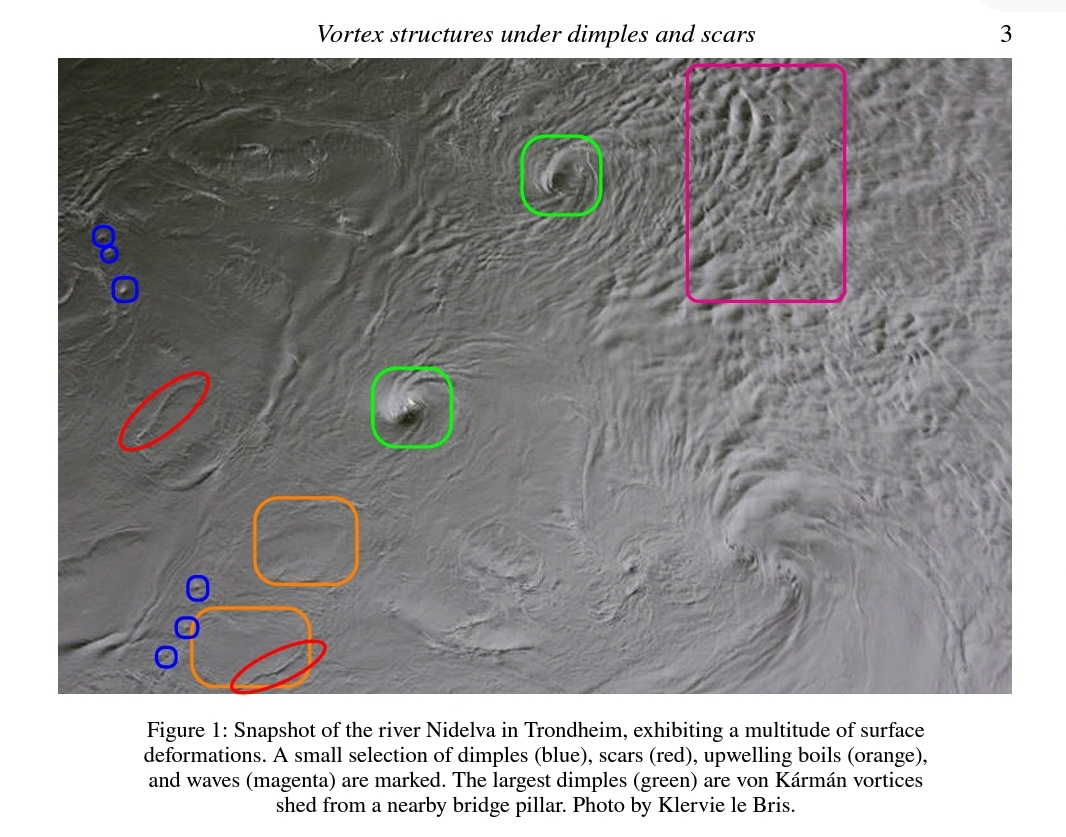Translate
mercoledì 15 febbraio 2023
# gst: when a soliton juggles ('catches' and 'throws') droplets
lunedì 8 aprile 2024
# gst: apropos of evaporation, puncturing of active drops
mercoledì 21 giugno 2023
# gst: nonmonotonic appearance- disappearance behaviors of two unequal-sized miscible liquid drops
sabato 20 novembre 2021
# gst: predict the wetting of the wedge; why do the teapots always drip?
giovedì 5 giugno 2025
# gst: spreading and retraction dynamics of drop impact onto elastic surfaces.
mercoledì 21 febbraio 2024
# gst: when volatile droplets dance across a surface erratically (along random trajectories)
venerdì 15 marzo 2024
# gst: multi-component droplets may exhibit self-lubricating effects
giovedì 17 marzo 2022
# gst: apropos of weird transitions: from non-equilibrium conditions square droplets and liquid lattices can emerge.
giovedì 9 settembre 2021
# gst: apropos of unexpected thresholds, the minimum temperature for levitating a droplet
venerdì 4 febbraio 2022
# gst: apropos of apparent erratic dynamics, the self-organization of drops bouncing on a vertically-vibrated surface
venerdì 18 novembre 2022
# gst: apropos of transitions, the transition from sticking to slipping.
lunedì 25 novembre 2024
# gst: apropos of dances, drops that dance following snake- and ouroboros-shaped trajectories on lubricated surfaces.
mercoledì 20 aprile 2022
# life: apropos of transitions, a leap from chemistry to biology, the hypothesis of self-assembling droplets, the 'droplet world'.
giovedì 23 novembre 2017
# gst: levitation in a temperature gradient: the two liquids don't mix
<< A drop or two of cold cream in hot coffee can go a long way toward improving one's morning. But what if the two liquids didn't mix? >>
AA << have now explained why under certain conditions a droplet of liquid should not coalesce with the liquid surface below. If the droplet is very cold, and the bath sufficiently hot, then the droplet should "levitate" on the bath's surface, as a result of the flows induced by the temperature difference >>
<< If you study that process mathematically, you can show the way in which temperature is changing in the droplet over time is exactly with this power law of 2/3 that we observed in our experiments >> Michela Geri.
Jennifer Chu. Study explains how droplets can 'levitate' on liquid surfaces. Nov 15, 2017
https://m.phys.org/news/2017-11-droplets-levitate-liquid-surfaces.html
Michela Geri, Bavand Keshavarz, et al. Thermal delay of drop coalescence.
Journal of Fluid Mechanics. 2017; 833 doi: 10.1017/jfm.2017.686 Nov 8, 2017.
venerdì 30 dicembre 2022
# gst: apropos of modulational instabilities, the case of vortex-ring quantum droplets in a radially-periodic potential.
giovedì 23 febbraio 2023
# gst: hidden complexity during the twinkle of a shrinking droplet
sabato 6 maggio 2023
# gst: nematic order condensation and topological defects in inertial active nematics
sabato 24 agosto 2019
# gst: active drops: from steady to chaotic self-propulsion
<< Individual chemically active drops suspended in a surfactant solution were observed to self-propel spontaneously with straight, helical, or chaotic trajectories. (..) strong advection (e.g., large droplet size) may destabilize a steadily self-propelling drop; once destabilized, the droplet spontaneously stops and a symmetric extensile flow emerges. If advection is strengthened even further in comparison with molecular diffusion, the droplet may perform chaotic oscillations. >>
Matvey Morozov, Sebastien Michelin. Nonlinear dynamics of a chemically-active drop: From steady to chaotic self-propulsion. J. Chem. Phys. 150, 044110 (2019). doi: 10.1063/1.5080539. Jan 31, 2019. https://aip.scitation.org/doi/10.1063/1.5080539












